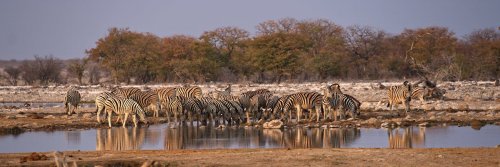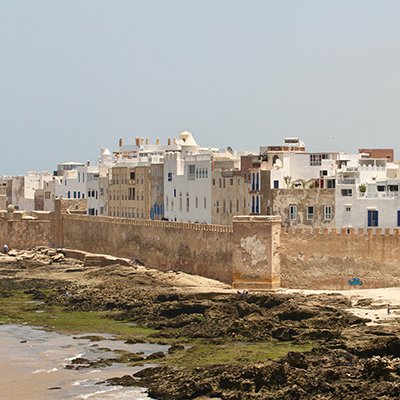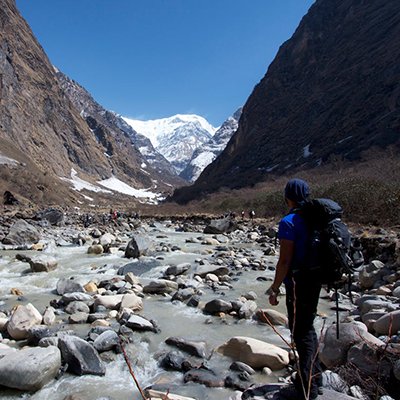In a land where old beliefs are orally handed down through generations, whether about life's beginnings, stories of pre-historic animals, or religious tales, the Namibians' fables reflect their world as they know it. It's a curious tapestry woven over 25,000 years of habitation with archaeological evidence displayed in the form of rock art hiding in the Huns Mountains where the ancestors of the present-day San Bushmen lived. From the sweet story of a benevolent God replanting the baobab tree upside down so that it couldn't see its own reflection in a lake—the baobab believed it was an ugly tree, to the so-called 'fairy circles' in the desert being the footprints of God. There's a fairytale about why ostriches can't fly and a narrative about how elephants got their trunks, as supposedly they were once human. From monsters catching travelers in pits to the belief that man originated from the roots of a sacred tree, these fables are the fabric of the country's history. This magical land of blood-red sunsets has many tales to tell, unimaginable landscapes that defy belief, and a captivating wildlife population to gawk at.
Namibia is known for its diamond wealth. Two million years ago, these sparkling rocks were swept along ancient riverbeds of the Orange River and along the Atlantic coastline by prevailing winds, tides, and currents from the north to the south regions. In fact, Namibia is the beneficiary of the richest marine diamond deposits in the world.

Sitting in southwest Africa, the country has four deserts: the Kalahari, the Namib, the Nama Karoo, and the Succulent Karoo. Of these, the Namib is the only one that adheres to the true definition of a desert, as the others all have a higher rainfall than what is deemed a desert. In Namib, there are more endemic animal and arthropod species than in any other desert globally. Weird and wonderful critters play on the land and along its shoreline on the Atlantic Ocean—the grand African elephant, slinking leopards, long-legged cheetah, the hyena-like aardwolf, black-faced impala, gemsbok, and oryx with their own individual black markings, as well as the large and domineering chacma baboon. Mysterious insects flit in the sky, from desert locusts to the brilliant flash of the colors of the Marbled Emperor Moth, while Giant Golden Orb Weaver spiders spin their elaborate webs. In Etosha National Park's salt pan in the north of the country, rhinos and giraffes, with other wild critters, flock to the muddy ground for relief from the heat, insects, and parasites. Humpback whales and sea otters ply the coastline where killer whales, which can grow to 32 feet long, hunt the waters. The spectacular land of Namibia is an animal lover's dream destination.
The extraordinary Namib Desert is an ancient and expansive wonder from about 80 million years ago, with its name meaning 'the vast place' in the local language of the Nama. Swathed in rusty copper colors, its endless vista holds no water on the surface, and yet it is a complex of scars of dry riverbeds, some with hardy vegetation, rugged mountains, empty plains, undulating and shifting dunes. Home to some of the highest sand dunes in the world, one of the biggest sand castles is the ‘Big Daddy’ dune sitting in the Sossusvlei region, while the supposed largest in the Namib Desert is ‘Dune 7’ on the Tsauchab River.
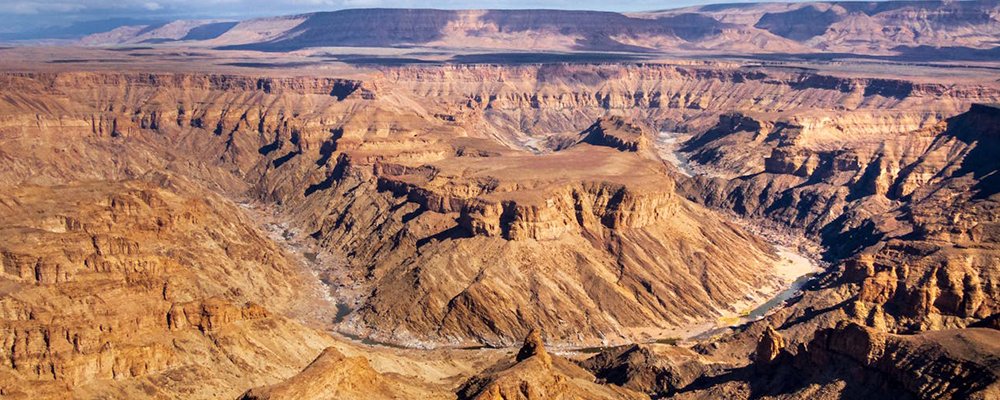
Perched on the border with South Africa is the second largest canyon in the world, the Fish River Canyon. It is an out-of-this-world scene of a gigantic ravine ravaged and scarred by eons of wind and rain slashed through jagged mountain plateaus 160km long and almost 27km wide in places, going down to depths of 550 meters cutting deep into the stony collapsed valley floor that occasionally floods during late summer.
The stuff of legends can be found amidst the shipwrecks wallowing forlornly amidst sand dunes or below on the seabed along the spellbinding Skeleton Coast, sitting north of the city of Swakopmund, from the Angolan border to the Swakop River. Thick fogs cloak the coastline, breathing life into the parched desert lands, allowing select animals to adapt and thrive in this harsh environment. The mist never lifts, creating a haunting scene of whispy pictures of rocky outcrops and massive sand dunes cascading into the Atlantic waters where strong currents and morphing sandbanks shift and undulate to the chorus of the environment where desert-adapted elephants hide, and a huge number of Cape Fur seals have made their home at Cape Cross. One of planet Earth's most striking scenes, it's a haunting vision of desolation and futility where mother nature reigns supreme.
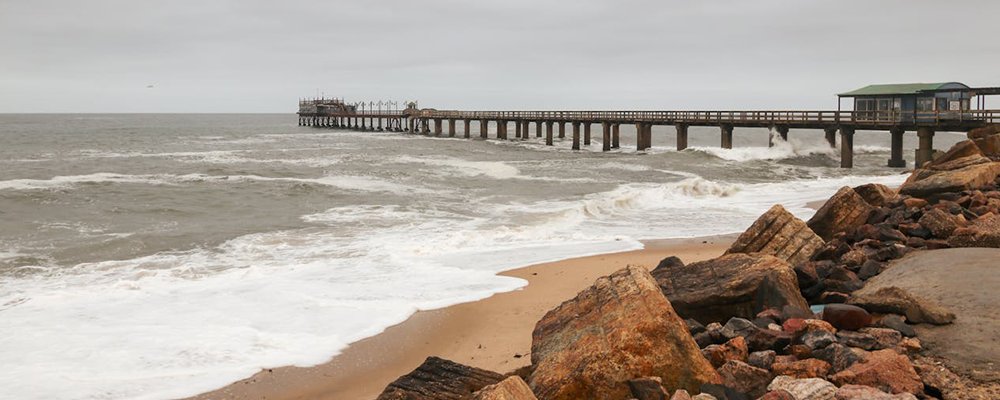
With a dedicated commitment to wildlife conservation, Namibia has the largest number of free-roaming cheetahs and black rhinos in the world. The country's conservation legacy has resulted in vast sanctuaries for endangered animals to be protected for future generations. Namibia is a rare gem of immeasurable beauty that feeds your soul.
Gail Palethorpe, a self proclaimed Australian gypsy, is a freelance writer, photographer and eternal traveller. Check out her website Gail Palethorpe Photography and her Shutterstock profile.

